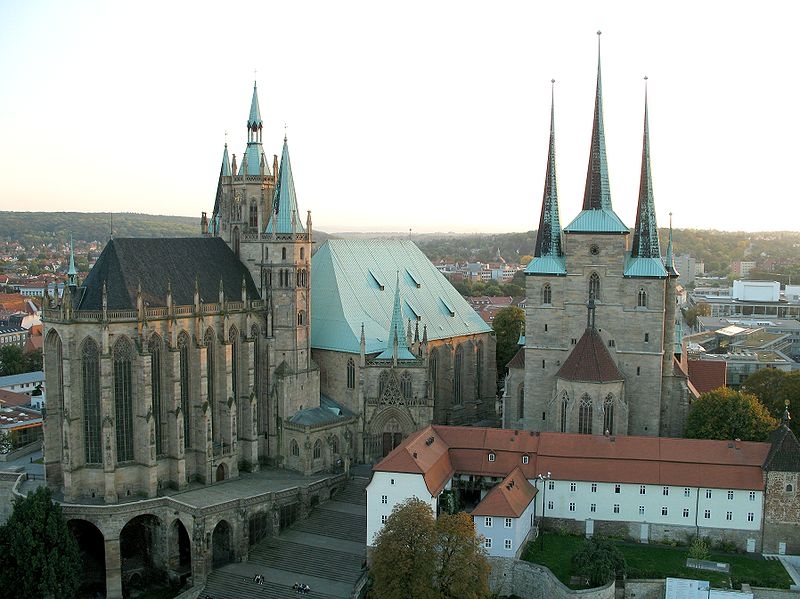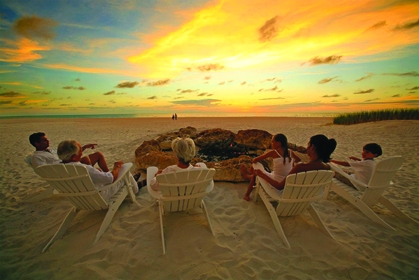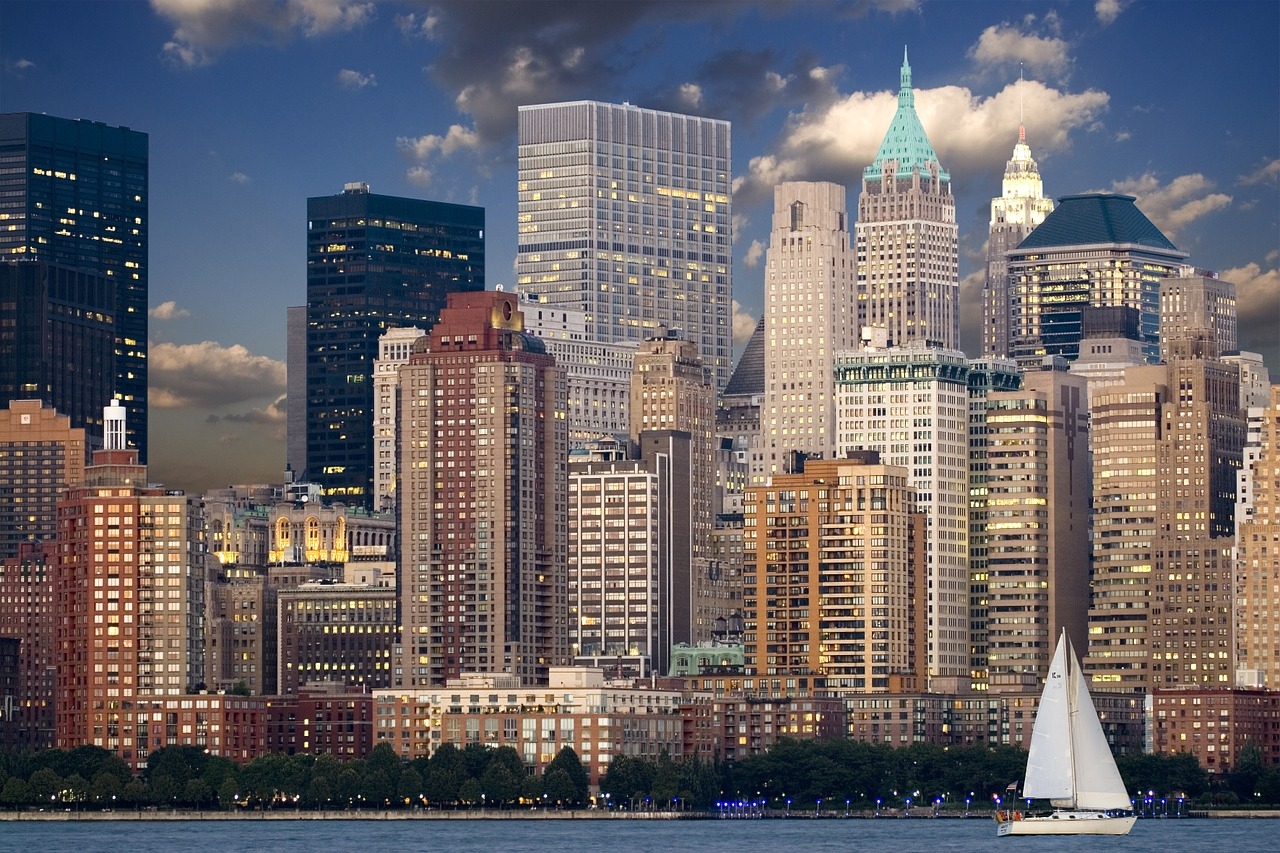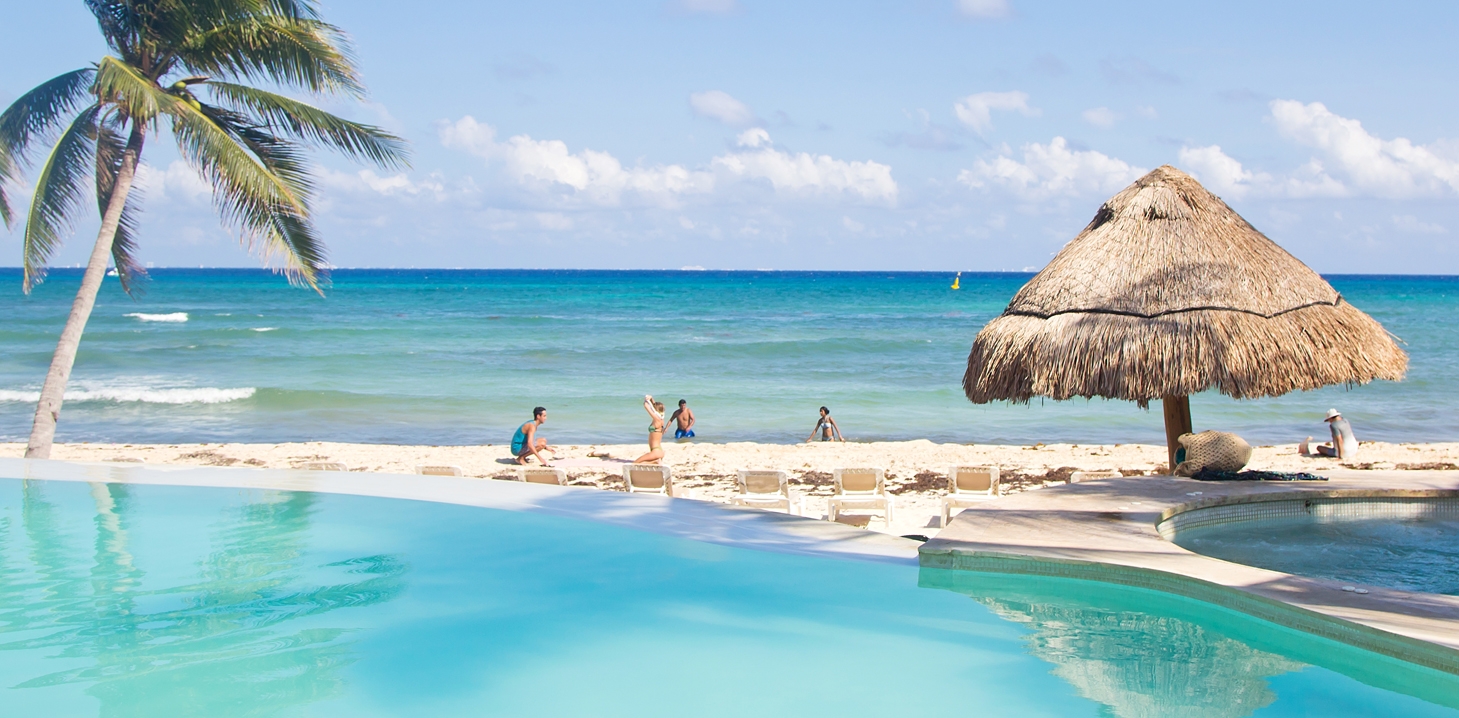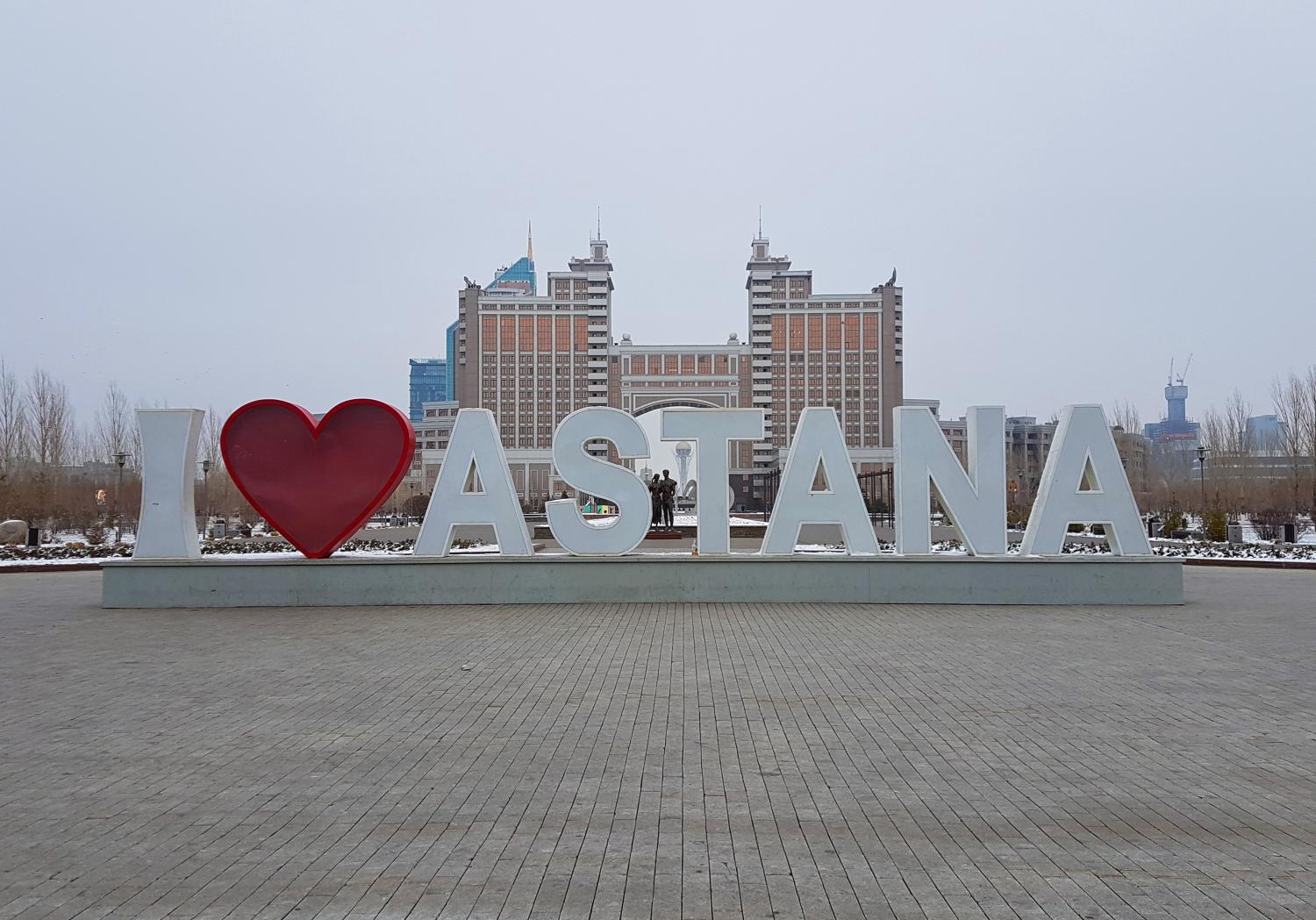
Five Reasons to Love Astana
Located in northern regions of the country, Astana (??????) is the capital of Kazakhstan, and home to the country’s federal government. Originally a settlement called Akmoly, the city was renamed Astana a year after it was made the capital in 1997. The capital is relatively easy for Canadians to visit, albeit a long flight, as many major airlines will take you there from Frankfurt, Kiev, and even Istanbul. Ottawa natives will feel almost at home in Astana with it's comparable climate and population (Astana is the second most populated city in Kazakhstan, with over a million inhabitants). In fact, when it became the country's new capital, it replaced Ottawa as the second coldest capital in the world (Ulaanbaatar, the capital of Mongolia, is ranked first).
At first glance, the city looks randomly constructed with massive skyscrapers and odd looking buildings spread sporadically around, however the city quickly redeems itself with the odd buildings becoming gorgeous modernist and futuristic buildings, and the vast spaces transform into public parks packed with unique artwork and sculptures. Most major tourist sites are located within walking distance of each other, and if you choose your hotel right, you can put yourself within walking distance of everything. While most people tend to venture towards cities such as Almaty, we’ve got five excellent reasons why Astana should be on your Go To list when visiting Kazakhstan.
- Astana Opera
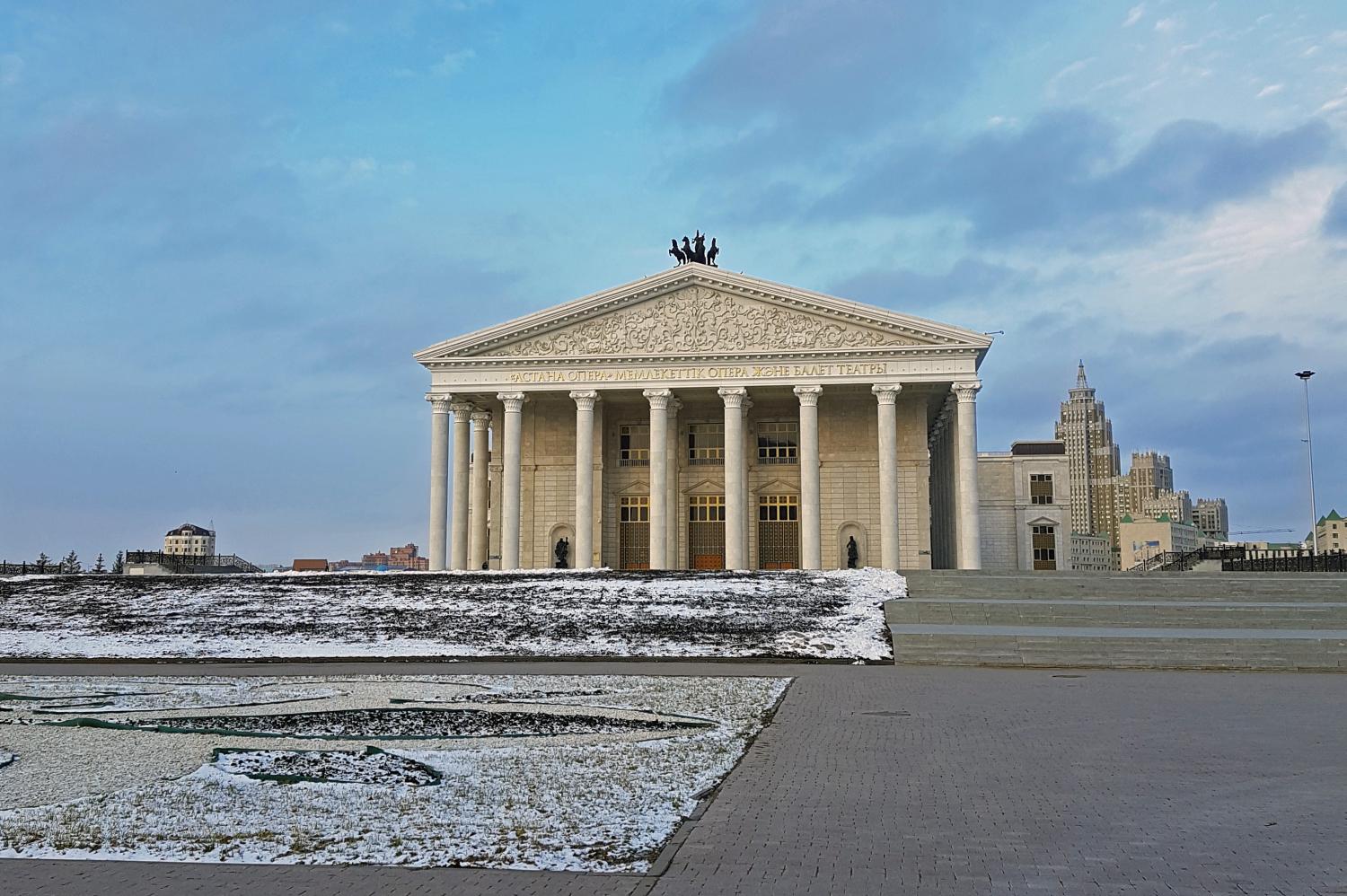
Absolutely stunning from the outside, and somehow even more impressive on the inside, the Astana Opera house is a must visit for fans of fine music. Considered to be the third largest opera house in the world, the construction time for the Astana Opera somehow only took three years. Despite only being open since 2013, the building looks as though it has been in Astana for much longer. It is considered to have some of the best acoustics in the world, with every inch of the opera house meticulously designed to amplify and carry sound without distortion. A scale model was created by an Italian acoustic design team from Biobyte, in order to accurately measure acoustical parameters. In addition to the gorgeous frescos and coloured marble floors, one thing to look out for is a stunning 1.6 tonne chandelier hanging in the center of the main foyer.
Witnessing a performance in the main hall is quite a spectacle in itself. The ornately decorated hall alone is enough to put anyone in awe, but once the curtains pull back and the stage is revealed, prepare to have your jaw dropped from the immense size of the stage and the raw talent of its performers. The sets for the opera are so detailed, it both looks and feels like you’ve stepped into another world. The main hall seats up to 1250 people, and has an orchestra pit that can hold up to 120 musicians. For smaller concert music performances, there is also a Chamber Hall that can seat up to 250 people.
- Bayterek Tower
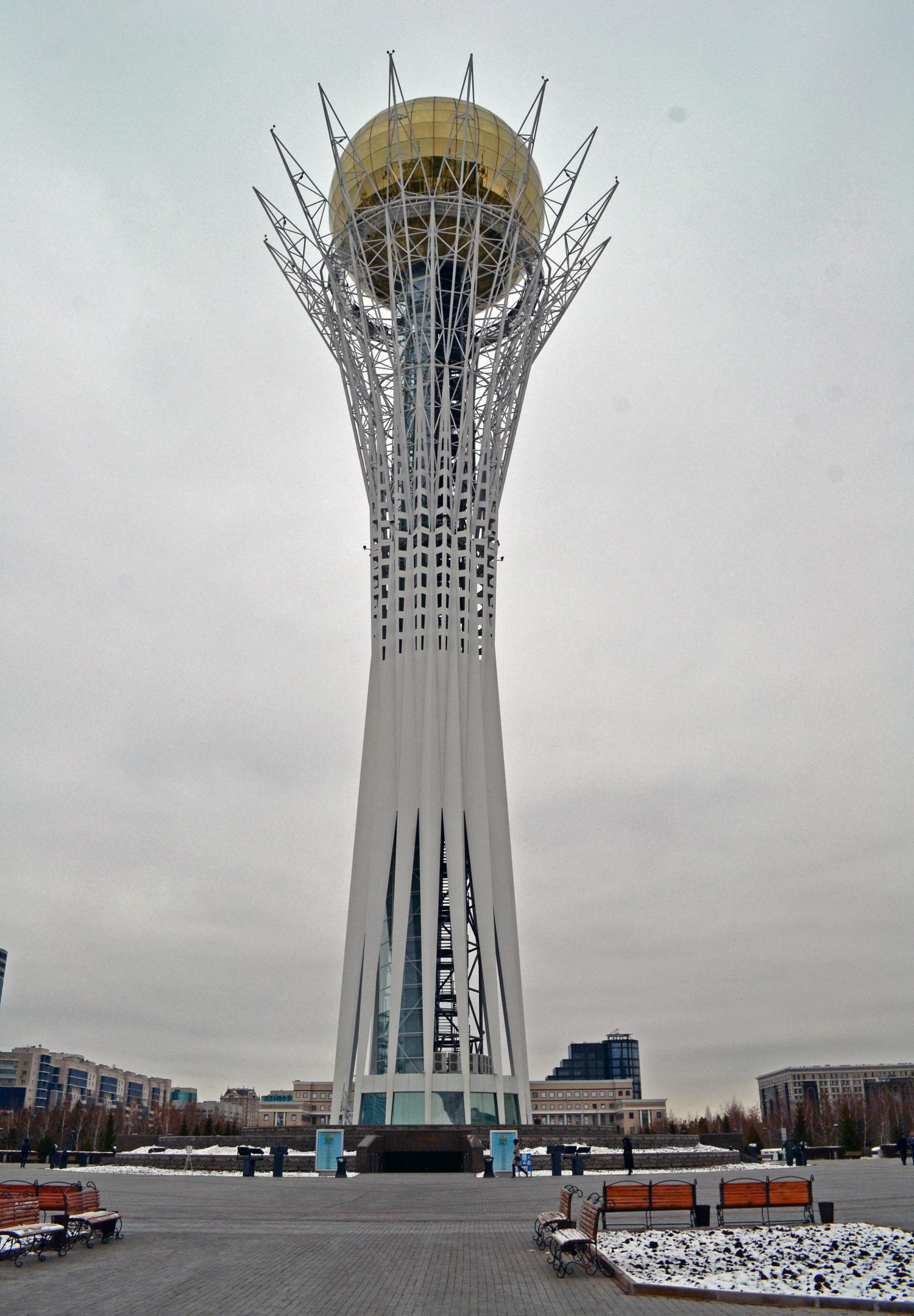
On every tourism pamphlet for Astana, and perhaps even for the whole country, the famous Bayterek Tower can often be found front and center. Like many things in the city, the building itself is packed with symbolism. Completed in 2002, the tower is 97 meters tall to represent Astana becoming Kazakhstan’s capital in 1997. The tower itself was designed to signify an important symbol of the country, a tree holding the egg of a golden eagle. The egg portion of the tower weighs 453.59 kg (1000 lbs) and offers visitors a gorgeous view of the capital from two levels. A third mini-level within the golden observation deck, you can find an imprint of President Nursultan Nazarbayev’s hand, where you can put your hand in the imprint to make a wish.
Not only does the tower offer incredible views overlooking the presidential palace, but the walk up to it is also incredibly pleasant. A pedestrian park begins from the Khan Shatyr Entertainment Centre all the way up to the Presidential Palace, in which the Bayterek Tower in constantly in view. Amazing sculptures and works of art line the path through the park, making it an enjoyable walk to explore the area.
- Expo 2017
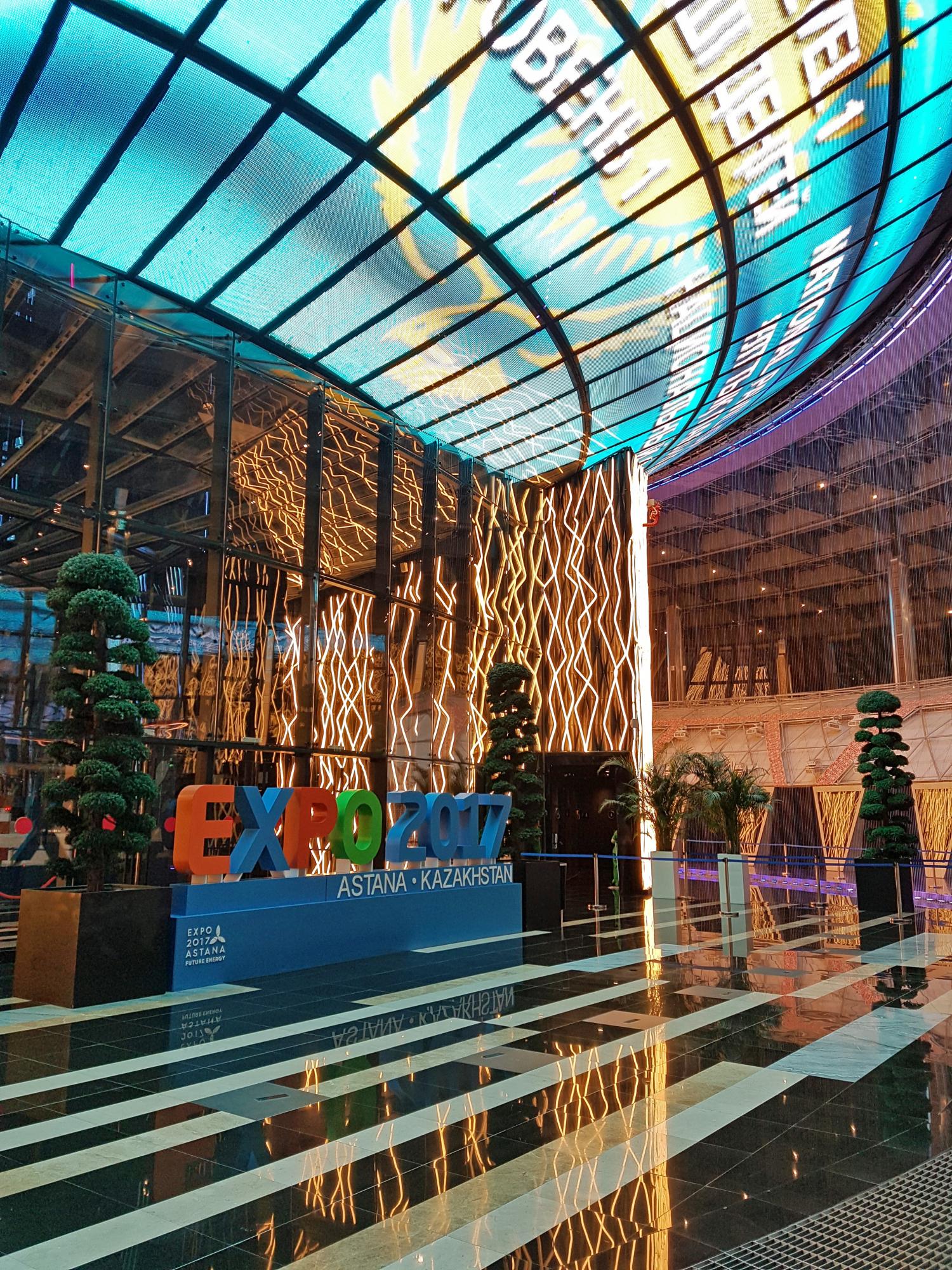
From June to September 2017, Astana welcomed over 100 countries for Expo 2017. The expo was focused on renewable energies that can help solves some of humanity’s social, environmental, and economic issues. Post Expo, the expo grounds have been converted into space for corporate, start up, and research use. Spanning over 25 hectares, the expo grounds are quite massive, and over 100 companies participated in its construction.
Sitting in the center of the expo grounds is one of the world’s largest spherical buildings, called Nur Alem, which now hosts the Museum of Future Energy. Inside, there are eight floors of exhibits showing the latest technology in renewable energies based on different elements, such as floors dedicated to hydropower, solar, kinetic, and biomass energies. The main floor features the Pavillion of Kazakhstan, where guests can learn about the country’s vast history, culture and traditions. With fun, educational games and interesting exhibits, it’s definitely a museum the whole family can enjoy.
Pro Tip: If you get the chance, visit the museum after nightfall. Not only do you get a neat view of Astana at night, but the building is lit up in eye-catching bright colours that make it quite a sight to behold.
- Khan Shatyr Entertainment Centre
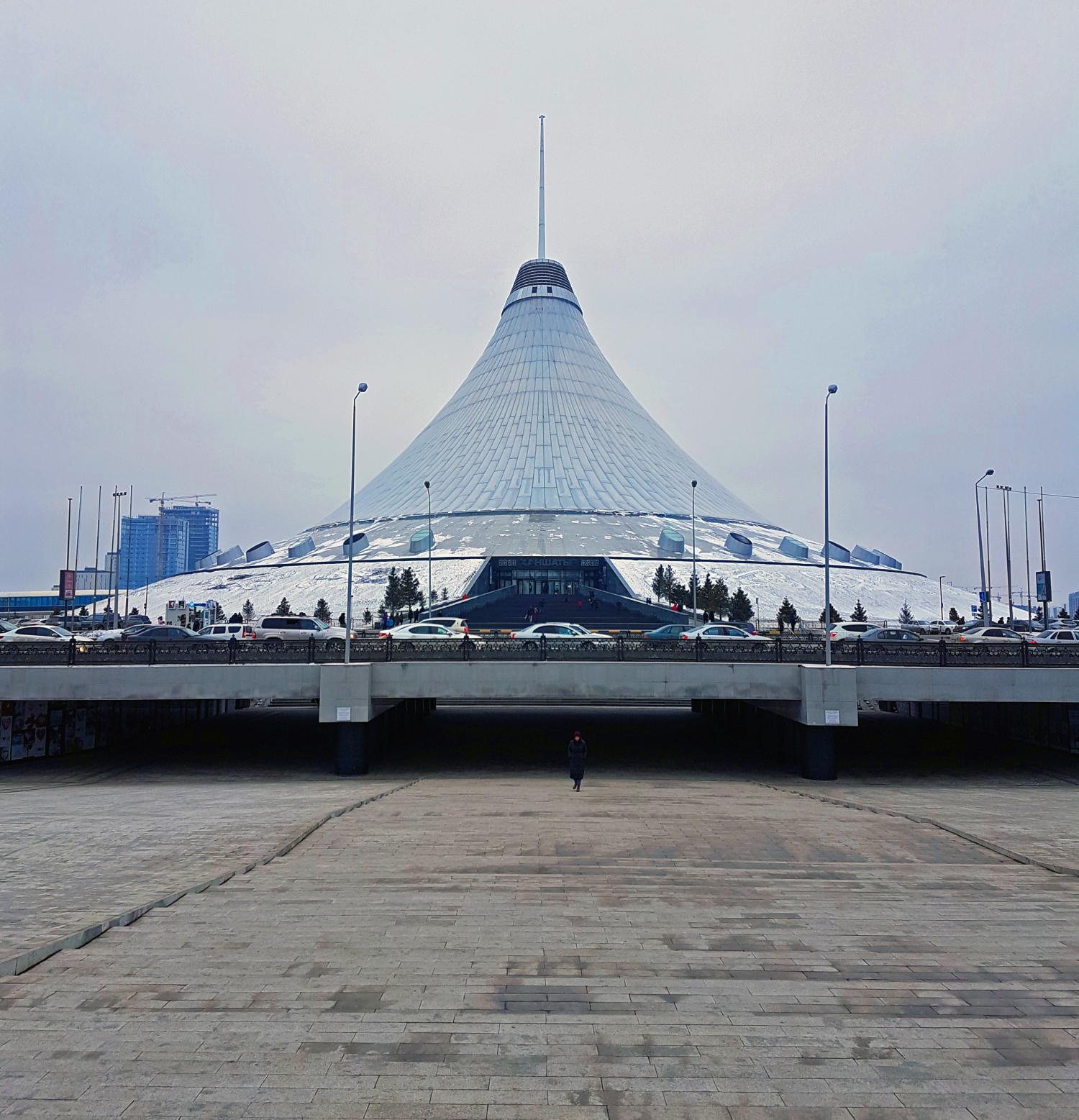
Here’s a little known fact: did you know that there’s a beach in Astana? Designed by renowned architect Norman Foster, the centre was opened in 2010 on President Nazarbayev’s birthday. What makes the building unique is the 200m high fabric tent it has in lieu of a roof. Made from ETFE-cushions suspended from a network of cables, the fabric roof allows sunlight to shine through, and also helps maintain the warm temperature of the interior, which ranges between 15 and 30 degrees depending on where you are in the complex, and the external temperature.
If you’re looking for unique souvenirs from your time in Astana, you can be sure to find them here at very fair prices. It is also a fantastic place to visit if you feel inclined to lounge on the beach, play a round of mini-golf, or even ride a tower of terror. On the top floor of the complex lies a beach resort, with sand imported all the way from the Maldives. The entirety of the complex covers an area larger than 10 football stadiums, so be sure to allot a fair amount of time for your visit here– especially if you plan on taking it easy and catching some rays on the beach!
Pro tip: Visit the centre at night to see the building all lit up with colourful lights!
- National Museum of the Republic of Kazakhstan
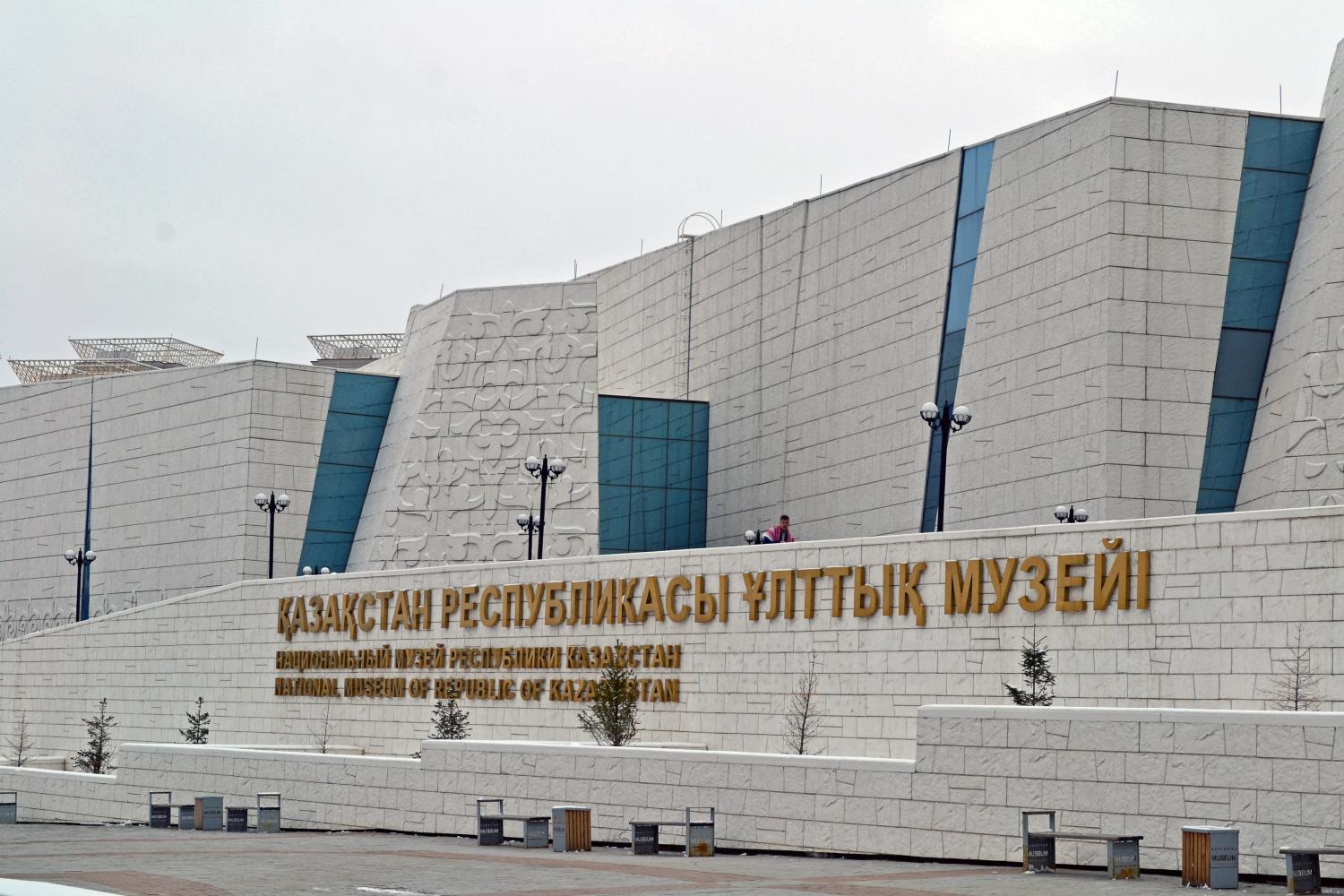
Opened in 2015, the National Museum of the Republic of Kazakhstan is a beautiful and fascinating addition to Astana. The museum is comprised of nine floors over 74,000 square meters, and is packed with artifacts and artwork important to the birth of Kazakhstan as a nation. The museum has a plethora of works that are symbolic to the country and its growth. The main foyer itself is filled with national symbols, all gorgeously laid out around the grand space. A massive golden eagle soars high above guests as the enter the main foyer. Show up at the right time and you can watch as the eagle’s wings gracefully flap to an upbeat tune as a video highlighting the many cultural aspects of Kazakhstan plays on a ginormous map of the country hung high on the wall. The golden eagle is a symbol of freedom and independence for Kazakhstan and is just the first of a number of symbolic items that country holds dear, and you’ll see images and references to it all around Astana.
Inside you can find six different halls, all devoted to different aspects of Kazakh history and culture. The Hall of Gold, for example, is packed with golden artifacts, both real and reproductions, once used as decorations and symbols of status from the Bronze Age to the Middle Ages. History lovers can easily spend all day in here, learning about the vast history of the country and admiring the detail put into each piece of historical art. We recommend visiting the Berel horse replicas in the Hall of Gold to see the mummified horse remains found in the tomb, as well as bedazzled replicas of how the horses would have looked back in the 4th century.
Honorable mention: The Palace of Peace & Reconciliation
An especially unique building in a city made up of unique architecture, the Palace of Peace & Reconciliation is a glass pyramid that opened in 2006. Inside this pyramid is a 1,350 seat opera hall, a conference hall, and an atrium in which the Congress of World and Traditional Religions was held.

